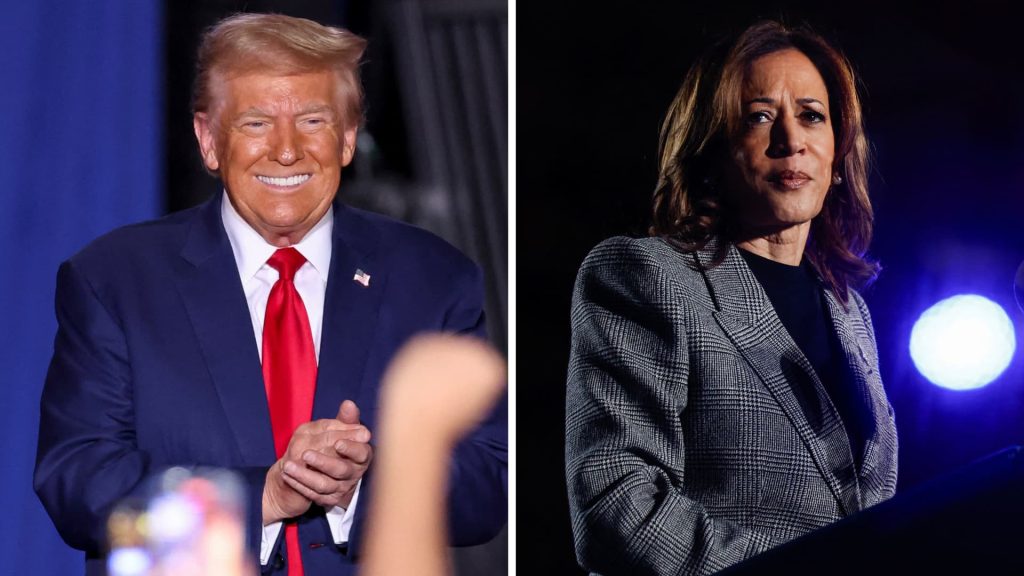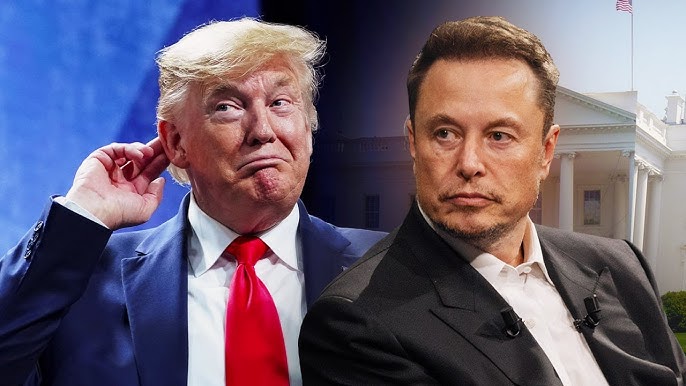ChatGPT was not yet available when Donald Trump was the previous president. The landscape of artificial intelligence has changed significantly as he gets ready to return to the White House following his victory over Vice President Kamala Harris in the 2024 election. The speed at which AI systems are developing has led some major AI company leaders, including Dario Amodei, CEO of Anthropic, and Elon Musk, CEO of Tesla and a well-known Trump supporter, to speculate that by 2026, AI might surpass humans in intelligence. Others provide a broader timeline.ChatGPT had not yet been introduced when Donald Trump was the previous president. The artificial intelligence scene now appears to be very different as he gets ready to return to the White House following his victory over Vice President Kamala Harris in the 2024 election.

Sam Altman, the CEO of OpenAI, stated in a September essay that while “it may take longer,” “it is possible that we will have superintelligence in a few thousand days.” Mark Zuckerberg, the CEO of Meta, believes that the introduction of these systems would happen gradually rather than all at once.
Trump’s own statements on AI have wavered between amazement and concern. He labelled AI a “superpower” and its potential “alarming” in an interview with Logan Paul’s Impaulsive podcast in June. He also sees China as the “primary threat” in the race to develop powerful AI, which is why, like many people in Washington, he sees the technology through the prism of rivalry. However, even his closest supporters disagree over how to control the technology: Musk has long expressed worries about the grave dangers of AI, but Trump’s vice president, J.D. Vance, believes industry warnings are a ruse to enact laws that would “entrench the tech incumbents.” The conflicting forces that will influence AI policy during Trump’s second term are hinted at by these differences among his confidants.
Reversing Biden’s legacy in AI Removing President Joe Biden’s Executive Order on AI is probably going to be Trump’s first significant AI policy move. Signed in October 2023, the comprehensive directive aimed to promote innovation, competitiveness, and the use of AI for public services while addressing potential dangers to national security, privacy, and civil rights. On the campaign trail in December 2023, Trump pledged to remove the Executive Order. The Republican Party platform in July reiterated this stance, criticizing the executive order for impeding innovation and forcing “radical leftwing ideas” on the advancement of technology.
